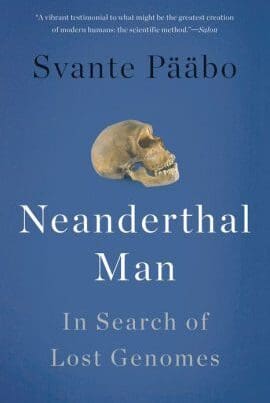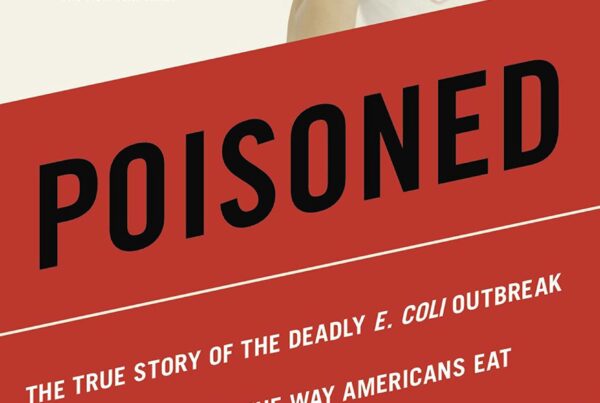From the author of Salt and Cod comes a new installment in food history. Milk! – A 10,000 Year Food Fracas abounds with fascinating tidbits about milk throughout history, foods made with milk and milk consumption around the world. Mark Kurlansky liberally peppers his book with recipes from both ancient and modern cultures which will have you reaching for both the dictionary and your pots and pans.
Humans began drinking animal milk at least 8,000 years ago, and according to Kurlansky, a few topics have dominated conversations since then. One is the pros and cons of breastfeeding babies. Today in the U.S., mothers are encouraged to breastfeed, but throughout time, including 950 B.C.E Greece, “it was fashionable for upper class women to hire lower-class nursemaids.” In third century B.C.E. Rome, it was even believed that a wet nurse’s looks and temperament should be considered; an idea that persisted for centuries. In 1838 Berlin, when choosing to hire a wet nurse, a study definitively concluded that milk from brunettes was the best, and by all means, be sure to steer clear of redheads.
Milk! also looks at the safety of animal milk. Due to mass production, unsanitary receptacles and udders, unhealthy cows and milk additives, people have fallen ill and even died over the years. In 1840s America, “swill milk” from cows that were fed slop from breweries caused a fifty-percent mortality rate among infants. That was the final straw, and in 1887, milk became the first food to be laboratory-tested by the U.S. Public Health Service.
Sanitation and illness aside, the majority of Kurlansky’s book revolves around animal milk as a nutritious and delicious food. Before refrigeration was introduced in the mid-19th century, milk was extremely unstable, especially in hot climates where it had to be quickly made into products. To our culinary relief and delight, this is why the Middle East developed dishes complemented with yogurt, for example. Kurlanksy paints an enchanting story of ancient nomads traveling with milk stored in bladders made of animal stomachs who “arrived at their destination, finding that the milk had turned solid,” due to rennet, a curdling agent in the milk. We can all be thankful for that ancient discovery, as this eventually led to the production of cheese.
Whether you are among the 60% of the world’s population who is lactose intolerant yet still chooses to drink organic raw milk from cows, eat sheep cheese from the Basques or export Tibetan Yak cheese to China, Milk! is a tasty treat.


